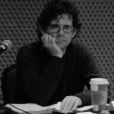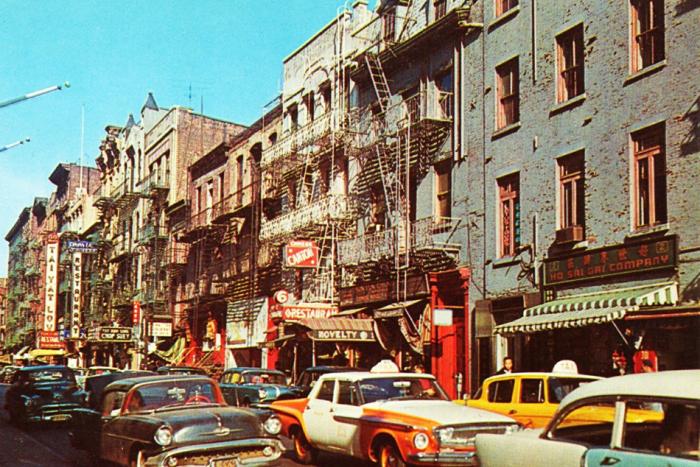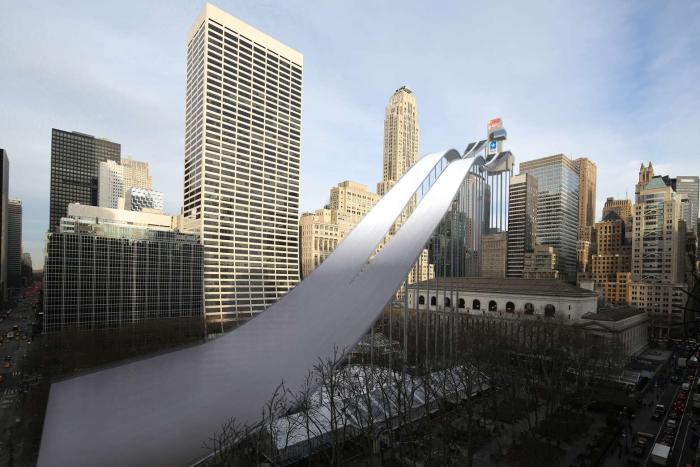I bet the last thing you need this week is more public sermonizing about the lives of artists. But I can’t help wonder what Philip Seymour Hoffman, had he made it through last weekend, might have had to say about the centenary yesterday of’Burroughs (1914-1997).
Would P.S.H. have admitted that in the late 1980s and early 1990s, when he first tried it, heroin retained a wicked glamour for him that figures like W.S.B. had helped confer, as it did for Kurt Cobain and lesser mortals such as rock journalist Marc Spitz and even me?
There always have been artistic cults of dissolution. But late-millennial junkie chic, with Bill Burroughs as its half-reluctant shadow priest, was one of the most insidious. That’s not on him, ethically. He never aimed to pretty up addiction. In fact—as he spelled out in interviews, introductions and appendices—he was using junk sickness as a negative metaphor. It stood for the “algebra of need” that kicks in wherever human beings are semi-voluntarily enslaved by drives, laws, culture, religion, technology, and language itself.
In that service Burroughs’ words darted between the lexica of porn, pharmacology, actual and fringe science, street argot and classical poetry. His narratives branched and broke and looped and repeated and disjoined. All this, most of all the randomizing-collage technique of the “cut-up” that he developed with the British-Canadian artist Brion Gysin in self-exile in Paris and Tangiers, was meant to scramble the coercive force of received patterns, to liberate the mind from the pushers and cops outside and within.
Assaulting coherence opens spaces but it doesn’t point in any particular critical direction. And with the parade of sexual, narcotic and human-butchering satirical images in Burroughs’ books, it mainly makes you feel wild.
His routines and subroutines inspired numberless artists, such as Cobain, Patti Smith, David Bowie, William Gibson, Kathy Acker, Lou Reed, Tom Waits, Laurie Anderson, Gus Van Sant and David Cronenberg. But like most avant-garde theories—or like Burroughs’ monstrous professional characters-cum-self-portraits such as Clem Snide, “Private Asshole” (Burroughs was once a private eye), or the Mengelesque Dr. Benway (he briefly studied medicine too) – they didn’t operate in practice entirely as advertised.
Assaulting coherence opens spaces but it doesn’t point in any particular critical direction. And with the parade of sexual, narcotic and human-butchering satirical images in Burroughs’ books, it mainly makes you feel wild. At 13 or 14, coming across Naked Lunch naively (“so, I read On the Road …”), I remember it took some weeks to get over the shock and guilty arousal. But then it felt powerful. Not just powerful for entering a secret tribe of initiates, which is great adolescent catnip, but Jekyll-and-Hyde beasty, drunk on a dram of amorality.
That wasn’t against Burroughs’ druthers. He made a fetish of the spurious Hassan-i Sabbah quotation, “Nothing is true, everything is permitted.” But from a 21st-century p.o.v., so much of that Beat push to undermine conventional morality seems to project from the agony of being queer (his term of choice) when it was entirely out of bounds, and increasingly fused with everything subversive and despised: The Red Scare was also a Lavender Scare.
While Burroughs was courageously upfront about it, the labels Queer and Junkie (the titles of his first two finished books) tend to blur in his drily comic presentation, quivering with equal parts defiance and a self-loathing that titillated adolescents might be slower to detect.
Through no fault of his own, Burroughs’ charisma came partly from manor-born authority, that posture from his privileged upbringing in St. Louis, MO, that mid-American masculine diction of knowingness, that dose of rich-kid smug. He wasn’t as wealthy as some believe—his family, the Burroughs of Burroughs Adding Machines, lost a big part of its fortune in the 1929 crash. But there was enough left for him to receive a regular stipend from his family till he was 50, which might not exactly be the healthiest setup for an addict.
Then there was that drawl, part Southern, part worldly, plenty dope-ravaged, and no doubt part affectation. It is an attractive gift when writers sound like their writing, rather than like the lame bookworms most of us are. Another reason to mix up messages and man.
Most of all, and really, really not by his own doing, he survived. All the horrors of dope he hallucinated into literature seemed mitigated by the fact that he was still around to speak of them. Beloved, feared, iconic and home safe in Kansas like Dorothy. If the reports about P.S.H. having been long-clean and relapsing only fairly recently are accurate, what more need we learn about smack’s injustice than that this super-functional prolific artist is dead at 46 and W.S.B., who for years did nothing but shoot up and scrawl in notebooks, made it to 83?
Burroughs never got away from opiates for long—he was usually on a maintenance dose of methadone–though he gravitated to every crackpot cure going, including the Scientology that helped inform one of Hoffman’s finest roles (The Master). Still, he hung on, in each successive cool crowd, his cadaverous silhouette wallpapered in antique suits and hats like a walking ghost out of a black-and-white talkie.
In my mid-teens, reading the Beats and rocking to punk, I really imagined I’d end up on the spike, and I’m lucky both that I don’t have much physical bravado and that it got nowhere near me before I wised up. There were other avenues to wisdom-via-excess that didn’t have tombstone markers every mile.
And besides, pace the maxims New Yorker writer Richard Brody and many others mouthed this week, there’s no privileged partnership between art and addiction. Lots of people are junkies. Some are artists, most aren’t, and many die either way. Art may be a somewhat higher-hazard field, but it has no monopoly on suffering or frailty–or else what would we need it for?
I’m glad I found Naked Lunch, the Nova trilogy and the other early books when I did. To me Burroughs’ later work was mostly like bad reruns on a fuzzy screen, or paint bursting pointlessly against canvases, but he had done enough. (Maybe junk only has so much metaphor in it.)
The taboos and aversions of American postwar culture got the exploding they screamed out for, though it remained (slash remains) to tear apart the self-indulgence, woman-hating and racialized tourism that the Beats carried along like pleasant features of their trip rather than oozing poison bugs.
(Btw, I don’t think Burroughs killed his wife on purpose, not consciously, and he felt great remorse, but if it were a sequence in his own fiction he wouldn’t have scanted the chilly way it filled the character’s needs.)
Burroughs was an indelible creator, performer and presence. But we just lost another in a way that makes it no fun to celebrate the W.S.B. myth in total. Call me an agent of Control, but some things are true, and it ain’t all permitted.





